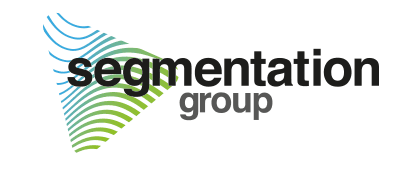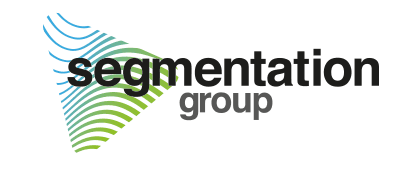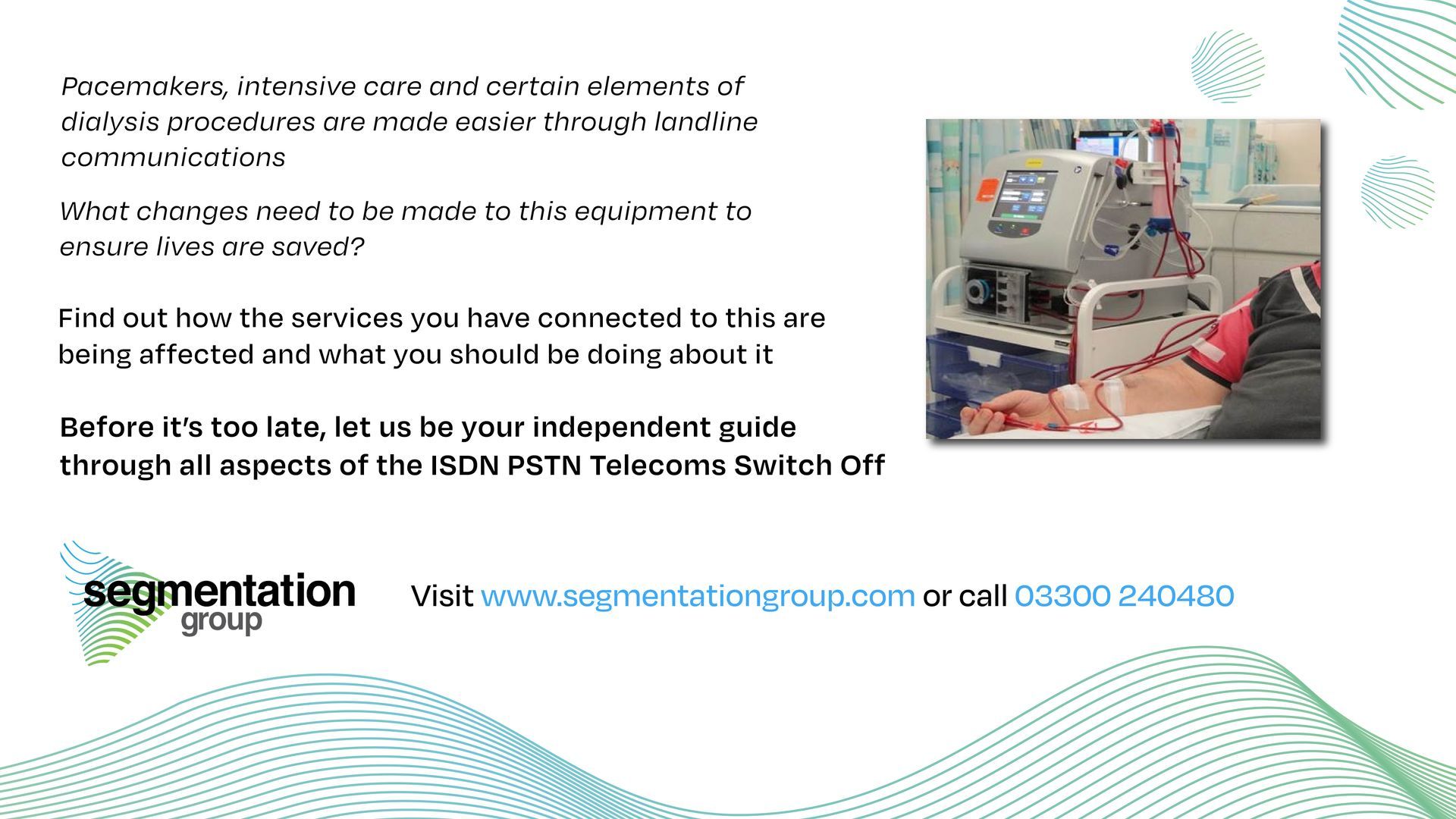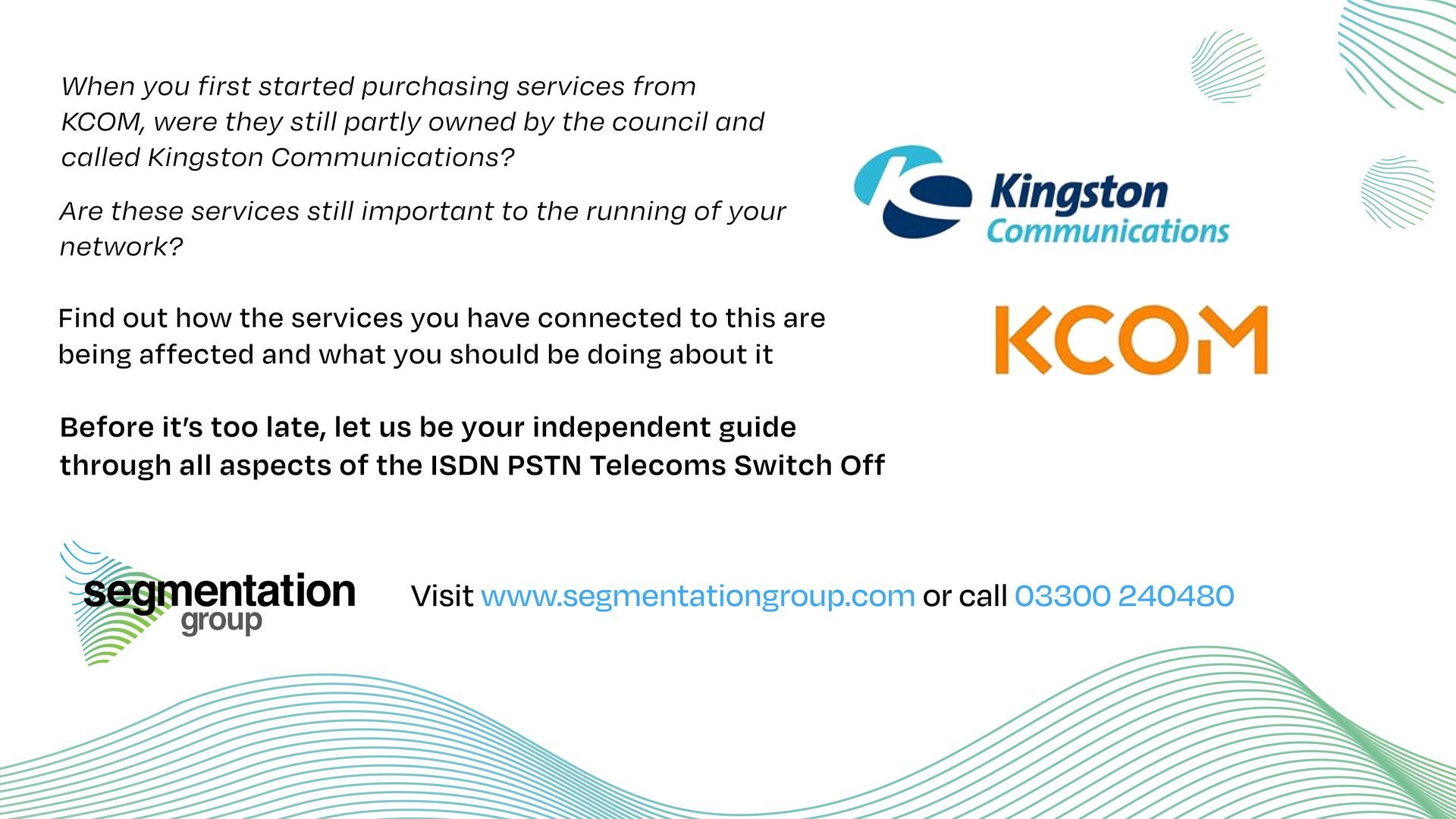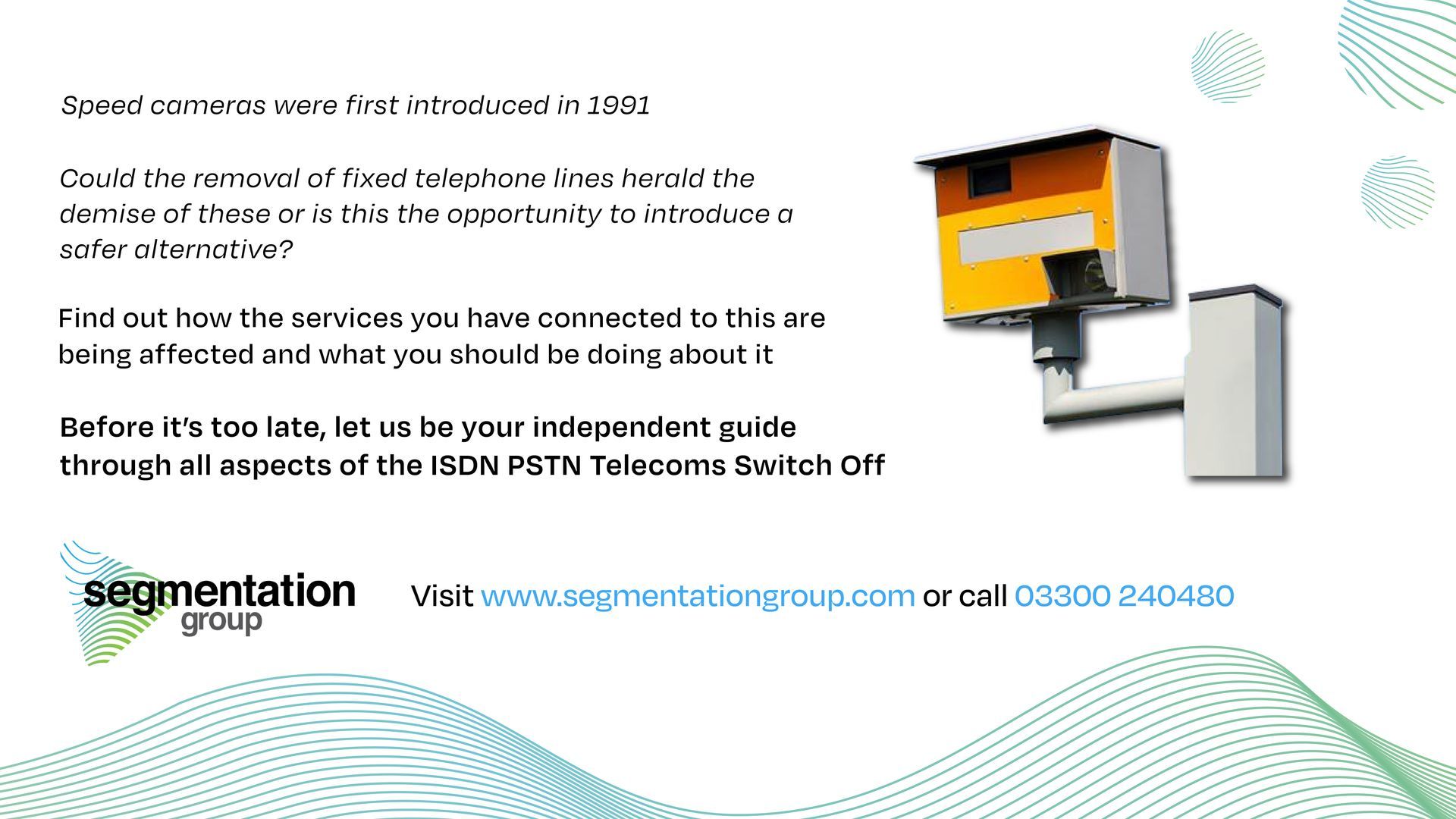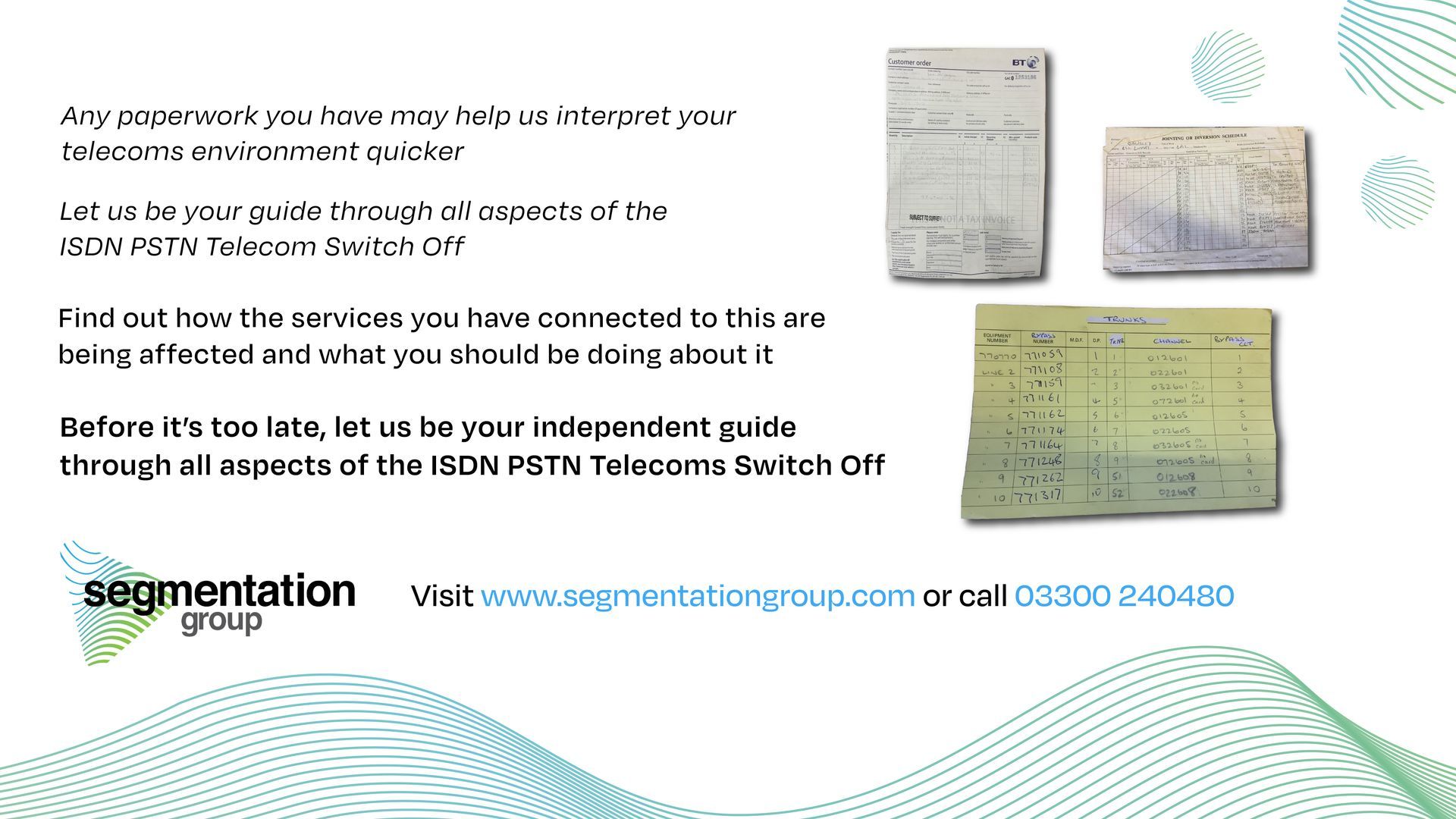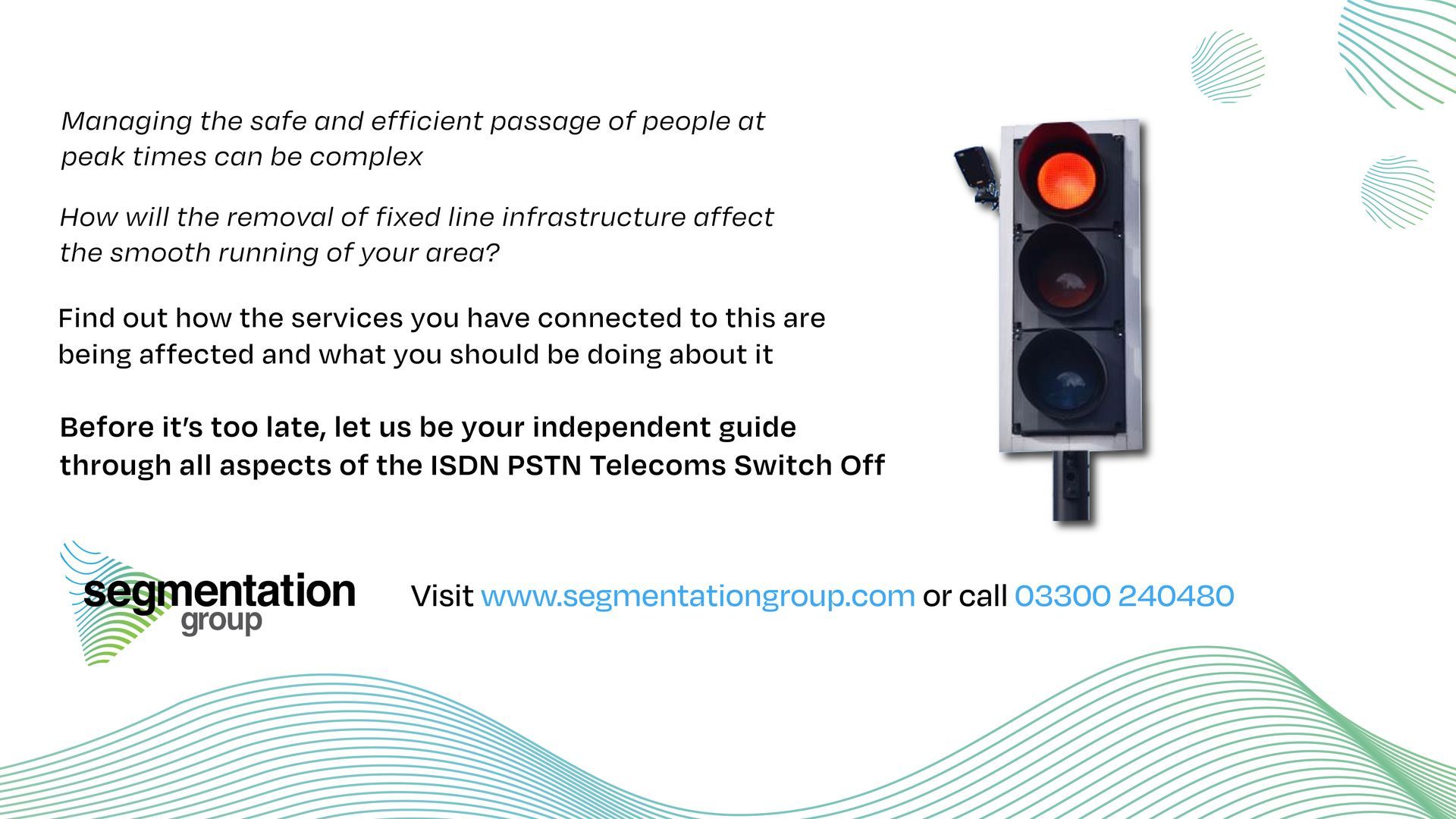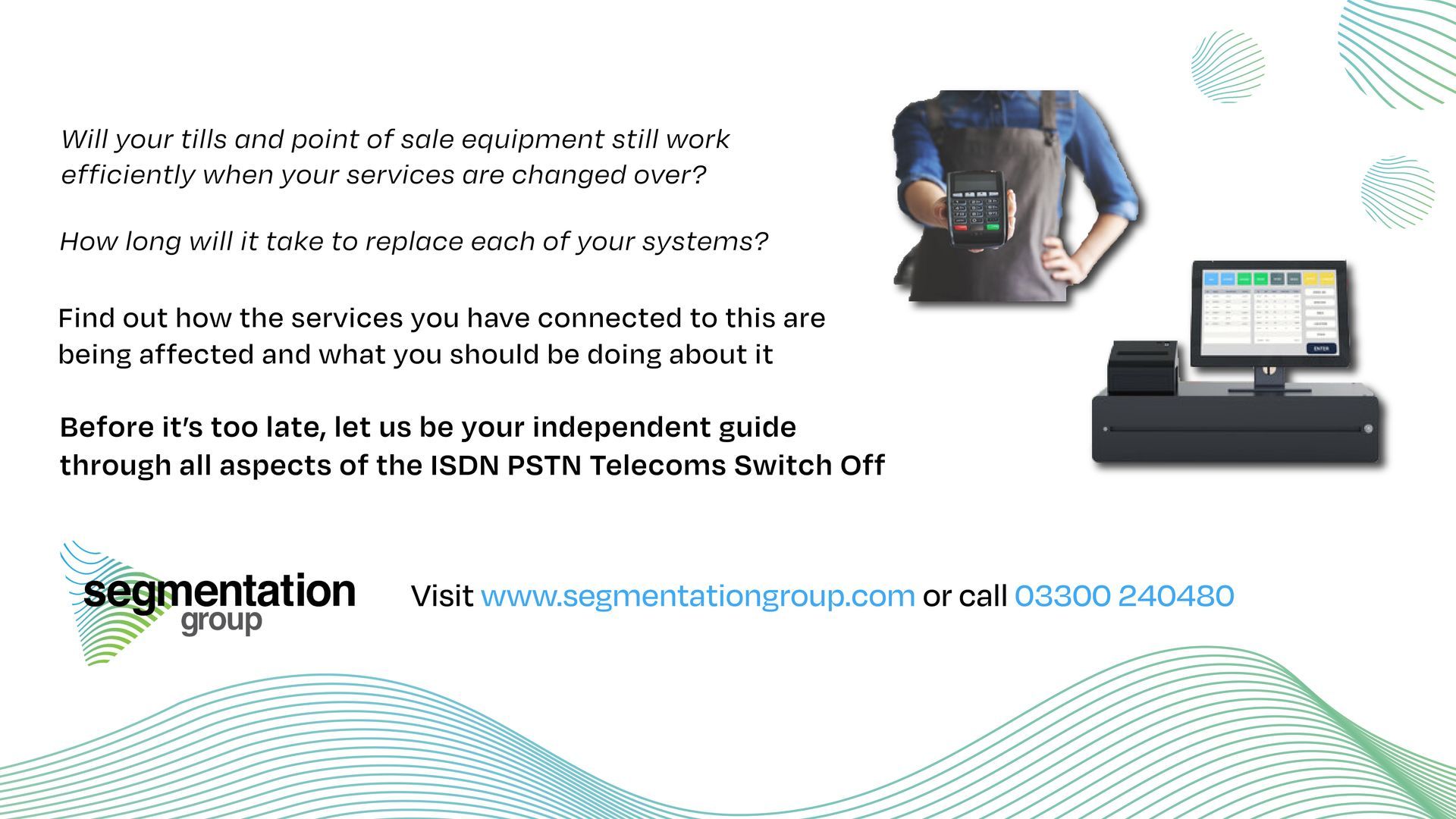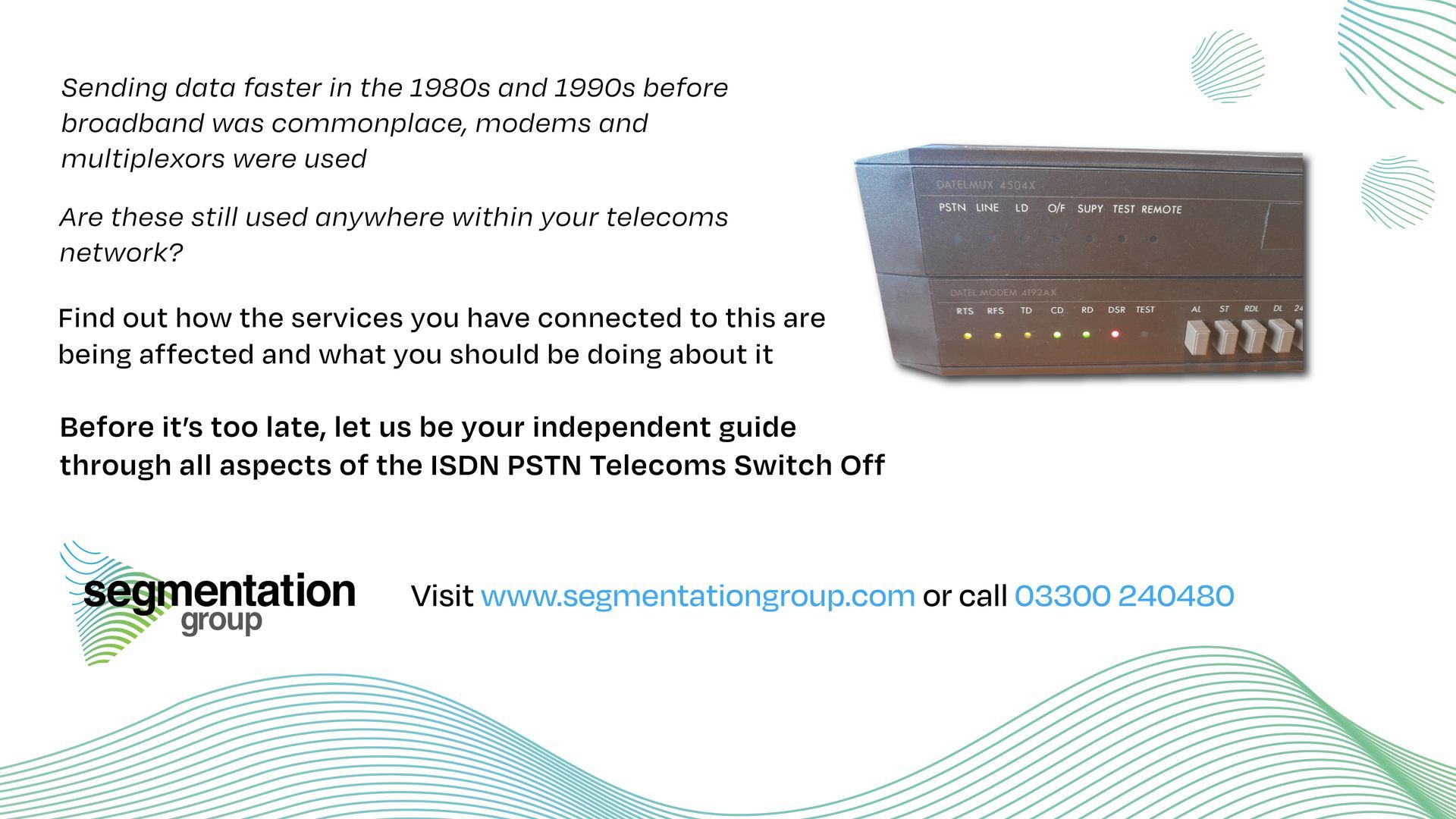The Development of Telecoms - London North West Region
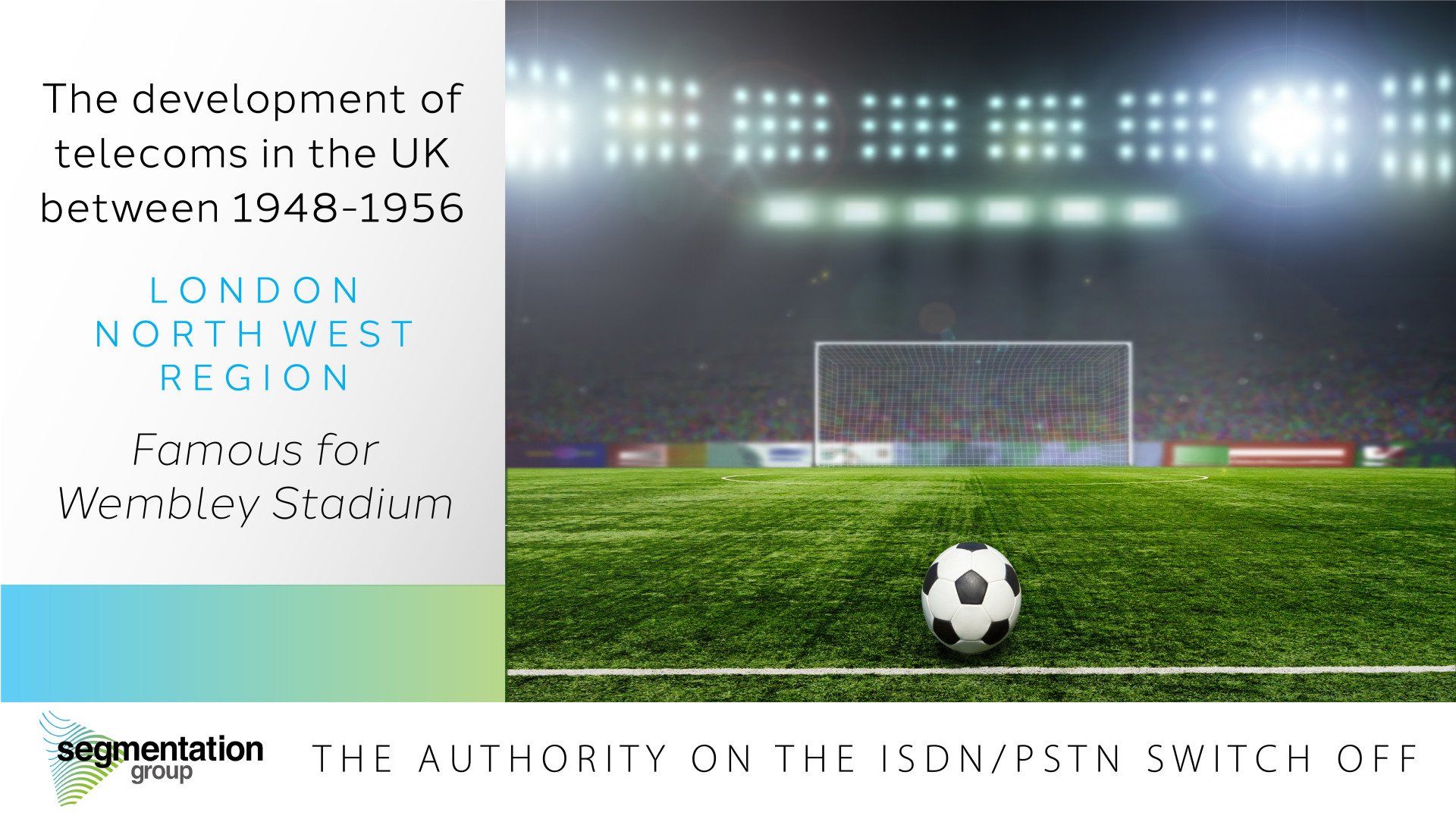
The Zoological Gardens – commonly known, as the guide books say, as "the Zoo“ – Lord's Cricket Ground, home of many Tests, Wembley Stadium where the Cup Final is played and Harrow School, one of England's oldest and greatest public schools are among the famous places within the North-West Area of the London Telecommunications Region.
Stretching from the north-west postal area, beyond Greater London into the "Green Belt" districts of Middlesex and Hertfordshire, the area contains probably more of "London's lungs" than any of the other seven metropolitan areas. It includes Regent's Park and Primrose Hill as well as the 280-odd acres of Hampstead Heath. Nevertheless, it is, on the whole, a densely populated area as well as being, in parts, highly industrialized.
In addition to the older urban districts round Regent's Park, it includes the rapidly growing residential estates of the north – western suburbs and it contains a garden suburb lying between the metropolitan borough of Hampstead and the Middlesex county boroughs of Hendon and Finchley.
Among industrial districts, the area includes Park Royal, where Guinness is brewed and the Radio Times is printed and Watford, home of modern colour printing. Elstree, celebrated for film production, gives the name to one of the area's exchanges.
The area, which covers about 140 square miles, provides a good illustration of the rapid expansion of the telephone services since the war; during the past 12 years the number of exchange connections has almost doubled. Today (1956) there are 190,000 connexions and 280,000 stations. Nearly 4,000 people serve subscribers in the area through 32 automatic and six manual exchanges.
